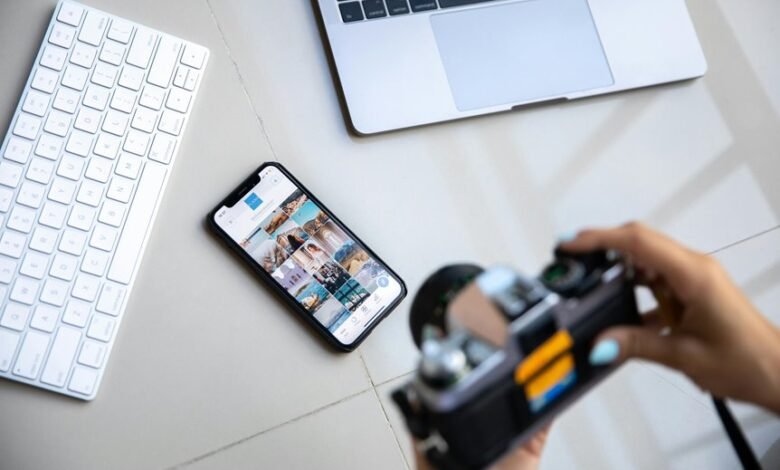Photoacomapnha: O Papel das Imagens no Processo Judicial

Visual evidence plays a pivotal role in judicial proceedings, offering compelling support or challenge to claims. Its influence depends heavily on authenticity and integrity, as manipulated images can distort truth and compromise justice. Advances in digital forensics and AI are emerging tools to verify origins and detect tampering. Yet, ethical considerations and technological limitations raise questions about the reliability of images in courts, prompting further examination of their true role in legal outcomes.
The Impact of Visual Evidence on Legal Proceedings
How significantly does visual evidence influence the outcomes of legal proceedings? Image authenticity is paramount, yet digital manipulation challenges its reliability. Courts increasingly scrutinize visual evidence to distinguish genuine images from altered ones, underscoring the importance of verifying authenticity.
Recognizing digital manipulation’s impact is essential for ensuring fair judgments and safeguarding the integrity of judicial processes.
Ethical Challenges and Considerations in Photo Campaigns
The increasing reliance on visual evidence in photo campaigns amplifies concerns regarding ethical considerations surrounding image authenticity and manipulation. Privacy concerns arise when images infringe on individual rights.
Deliberate image manipulation risks distorting truth. These issues challenge the integrity of visual evidence, demanding strict ethical standards to protect personal freedoms and uphold judicial transparency.
Future Trends and Technologies Shaping Image Use in Justice
Emerging technologies such as artificial intelligence, machine learning, and advanced image editing tools are poised to significantly influence the use of visual evidence within the justice system.
Digital forensics and AI image analysis enhance authenticity verification and detect manipulation, empowering judicial processes.
These innovations support transparency and uphold the integrity of visual evidence, shaping a future of more objective and reliable justice.
Conclusion
As courts increasingly rely on visual evidence, the courtroom becomes a battleground of truth and deception, much like a detective deciphering clues in a complex puzzle. Advances in digital forensics act as the magnifying glass, revealing authenticity amid potential tampering. Ensuring ethical standards and technological rigor remains essential to preserve justice, much like safeguarding a delicate balance—where each image must be scrutinized carefully to uphold fairness and trust in the evolving digital landscape.







